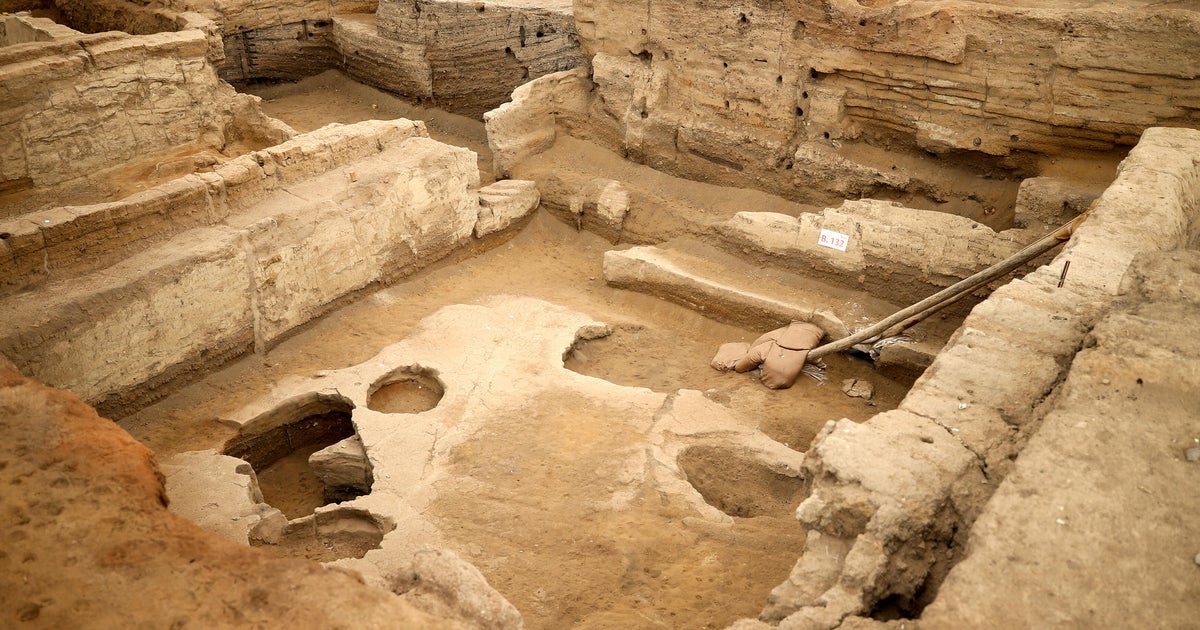New Genetic Study Reveals Matrilineal Society at Ancient Çatalhöyük
New Genetic Study Reveals Matrilineal Society at Ancient Çatalhöyük

Groundbreaking research published this week in the journal *Science* suggests that the ancient city of Çatalhöyük, a Neolithic settlement in southern Anatolia, was likely governed by a matriarchal society more than 9,000 years ago. This challenges conventional views of early human societies, which often assume patrilineal structures.
Researchers analyzed the ancient genomes of over 130 skeletons from 35 houses within Çatalhöyük, a site occupied for over a millennium. Their findings indicate that maternal lineage played a crucial role in connecting household members, with burials under house floors primarily showing genetic links through the female line. This implies that men may have relocated to their wives’ households upon marriage, a practice known as matrilocality.
The study also revealed a significant preference for females in burial practices, with five times more grave goods offered to women than men. Dr. Eline Schotsmans, a co-author from the University of Wollongong, emphasized the need to move beyond Western biases that assume patrilineal societies, pointing to other cultures where identity and rights pass through the mother’s line. These findings are supported by similar recent research on Celtic societies in Britain, further suggesting diverse social structures in ancient times.
Disclaimer: This content is aggregated from public sources online. Please verify information independently. If you believe your rights have been infringed, contact us for removal.